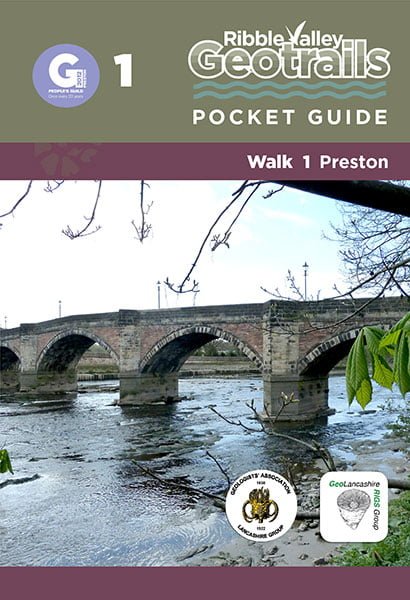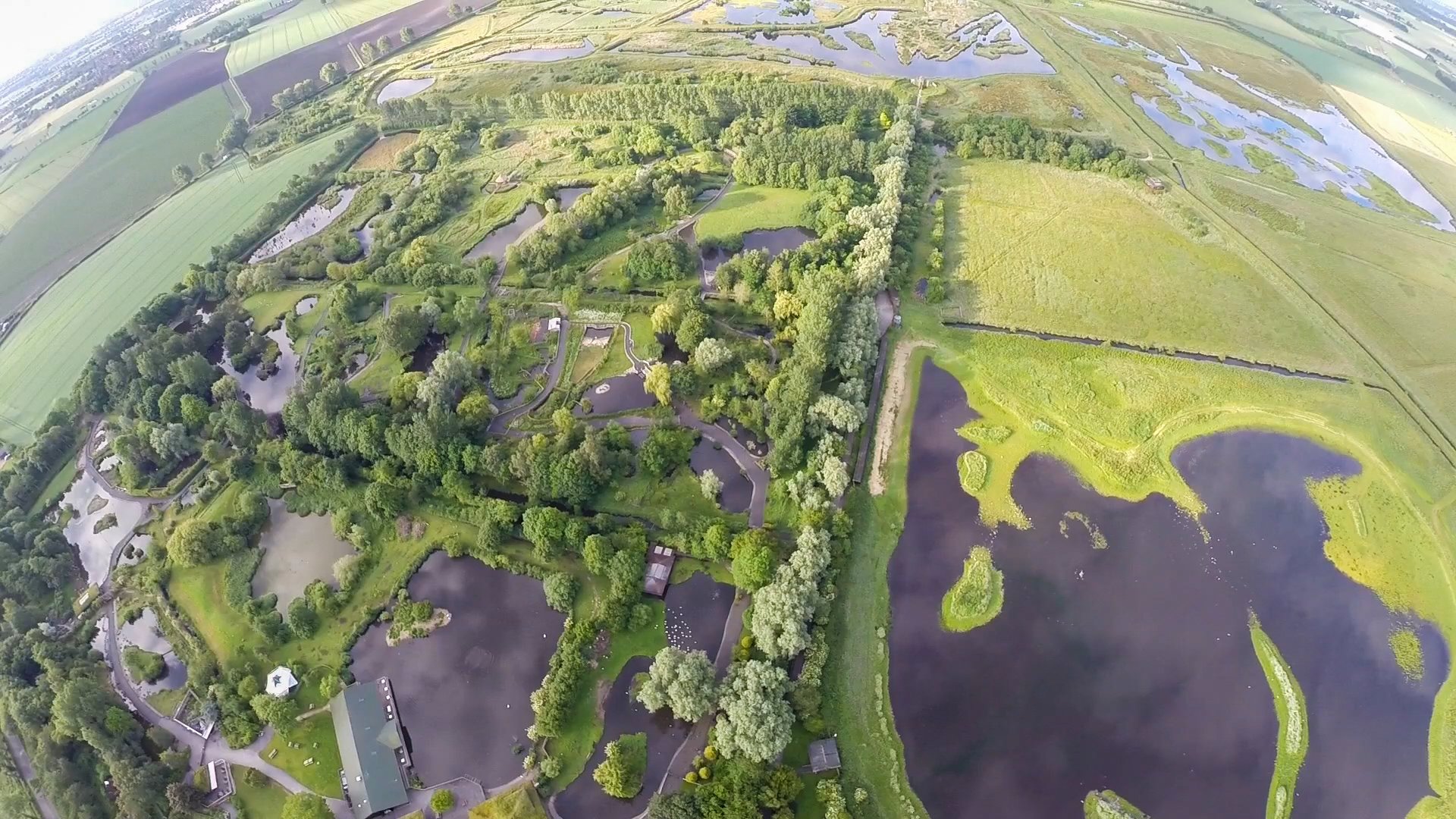
What Lies Beneath
As well as considering what Winckley Square looks like it is worth reflecting on why it is here in the first place and what forces of nature influenced its shape. The old town of Preston stands high above the Ribble on a ridge of Sherwood Sandstone. Large streams eroded the site, creating small valleys, one of which gives shape to Winckley Square.
This section owes an enormous debt to Geolancashire and in particular to Jennifer Rhodes, the Secretary.
Jennifer has provided answers to countless queries from FoWS and much of what follows is based on her papers and those of the team from Geolancashire who created the geotrail guide for Preston.
You can download the Preston Geotrail Guide and the supporting documentation for the guide. Or you can visit the Ribble Valley GeoTrails website.


Geology
Tell me more
Lie of the Land
Tell me moreMost of this Winckley Square website is concerned with what is above ground. The buildings, their history, the people who occupied them and the uses of the land before and since Winckley Square was developed.
However, what is below ground had a major impact on why Winckley Square is where it is in the first place, why it was developed as late as it was and why, unlike virtually all other Georgian squares, it isn’t flat.
Imagine yourself in a Time Machine. You will stay in the same place but throw the switch to 240,000,000 years ago. As you step outside you will be in a desert. No rain from the Irish Sea to cool you down-there was no Irish Sea!

The location we now call Winckley Square had a climate similar to that of today’s Sahara Desert. All the continents were joined together. This great land mass moved slowly (at the speed a human nail grows) through climate zones and vastly different conditions.

A ‘mere’ 240 million years ago, where Winckley Square now sits was desert. The sands of that desert would form the hard reddish rock that lies below the ground in Preston. It is known as Sherwood Sandstone and is from the Triassic Period; the time when dinosaurs were starting to evolve
Tropical rainforests, deserts and Ice caps all contributed to the formation of the geology and geography of modern Preston and of Winckley Square. And, of course, in the process the continents went their separate ways.
Geolancashire is a voluntary organisation founded in 1991 to protect and raise public appreciation of the geology and landscapes of Lancashire. It has produced a number of geotrail guides and other publications for several sites across the county, details of which may be found on their website.
By Steve Harrison